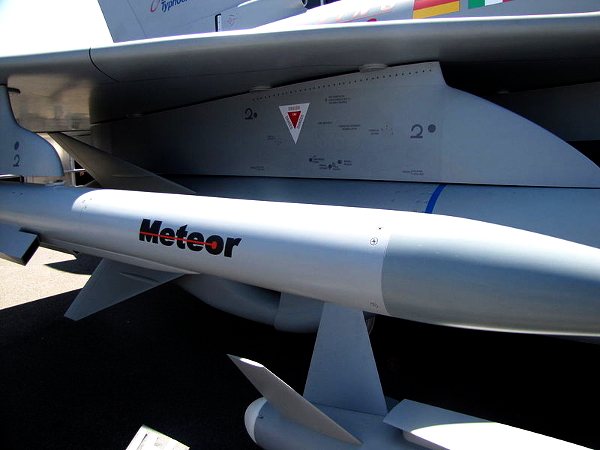On 27 February, at the Line of Control (LoC), Pakistan’s F-16 fighter jets, armed with AIM-120 Advanced Medium-Range Air-to-Air Missile, or AMRAAM, had targeted India’s frontline fighter aircraft Su-30 MKI. The Indian fighters, armed with R-73 and R-77 air-to-air missiles, could not target the F-16s because they were outdone as the F-16s were fired from a distance of about 45 km from the LoC.
It is only when a Mig-21 Bison, flown by Wing Commander Abhinandan Varthaman, chased an intruding Pakistani fighter jet across the LoC that it got a lock on and shot it down. Prime Minister Narendra Modi had later said that if the IAF had Rafale fighter jets, then the outcome would have been different.
The IAF, which is upgrading three squadrons of Mirage 2000s, is now keenly thinking about integrating the Meteor on them.“The Meteor on the Mirage is something which we are keenly looking into. When the upgrade deal was signed with Dassault Aviation for the Mirages, the Meteor was still in the developing phase. And hence this would be a fresh deal. We are looking into the cost-effectiveness and other issues,” a top IAF source told ThePrint.
The Air Force is looking at a combination of BrahMos NG, Israeli Derby, Meteor, indigenous Astra, R-73 and R-77 to gain aerial superiority.
“There is no class of missiles in Pakistan and China that can match the Meteor at this point of time. However, China is investing heavily on indigenous cruise missiles and long-range missiles. Any missile that China will make will eventually get into the hands of Pakistan,” another IAF source said.
The Indian Air Force had the upper hand during the Kargil war because Pakistan did not have a BVR, but India did. However, since then, they have acquired the AMRAAM, which tilted the balance in their favour.
The IAF’s initial plan to equip the Su-30 MKI and the Tejas with Meteor has gone kaput because the European firm, MBDA, refused to integrate them. The MBDA told the IAF that it cannot integrate the missile, with a range of over 120 km and a no-escape zone of 60 km, on a Russian platform or the Tejas, which uses Israeli radar.
However, following heavy negotiations between the European firm and the IAF, the MBDA has agreed to reconsider once indigenous AESA radar, manufactured by the Defence Research and Development Organisation (DRDO), is installed on board the Tejas Mark 1A or Mark II.
Source: EurasianTimes (Published with changes in Head Lines & Content )
Image Courtesy:Forecast International
You may also like
-
IAF Aircraft Set Course For Exercise Eastern Bridge VII At Oman
-
IAF Set To Host The Indian Defence Aviation Exposition-II At Jodhpur
-
Defence Secretary to co-chair 5th India-Philippines Joint Defence Cooperation Committee meeting in Manila
-
Simultaneous Launch Of ‘malpe And Mulki’, Fourth And Fifth Ships Of Asw Swc (Csl) Project
-
Aatmanirbharta in Defence: MoD signs Contract with HAL for 240 AL-31FP Aero Engines for Su-30MKI Aircraft
